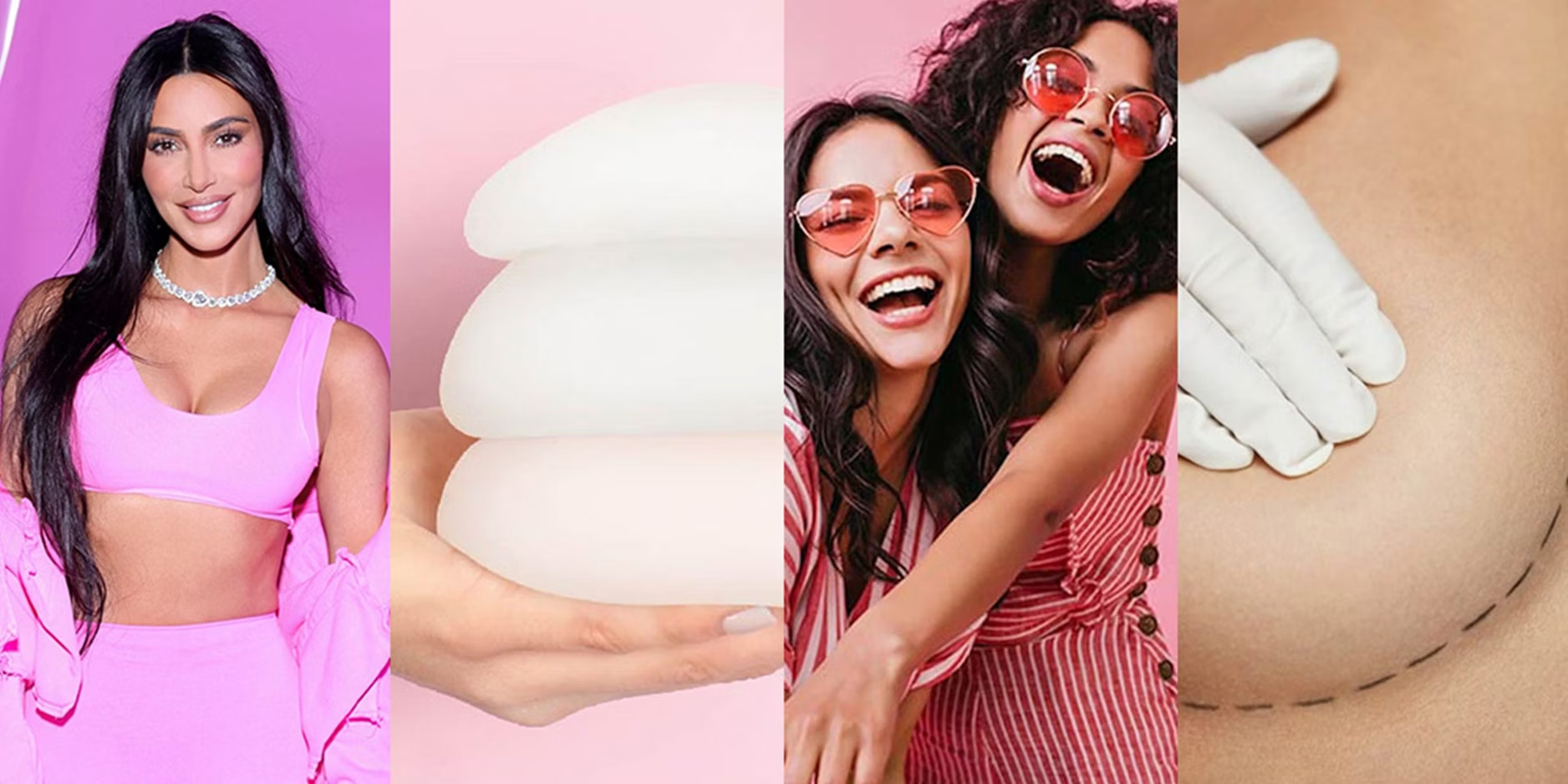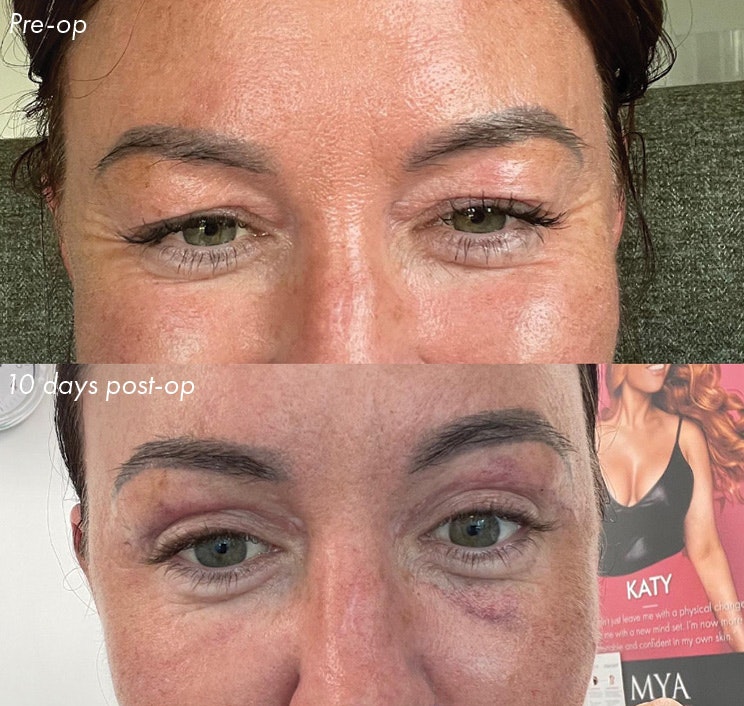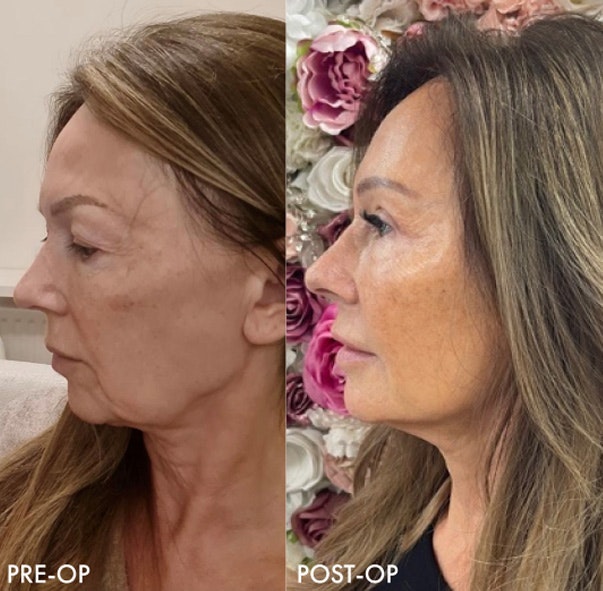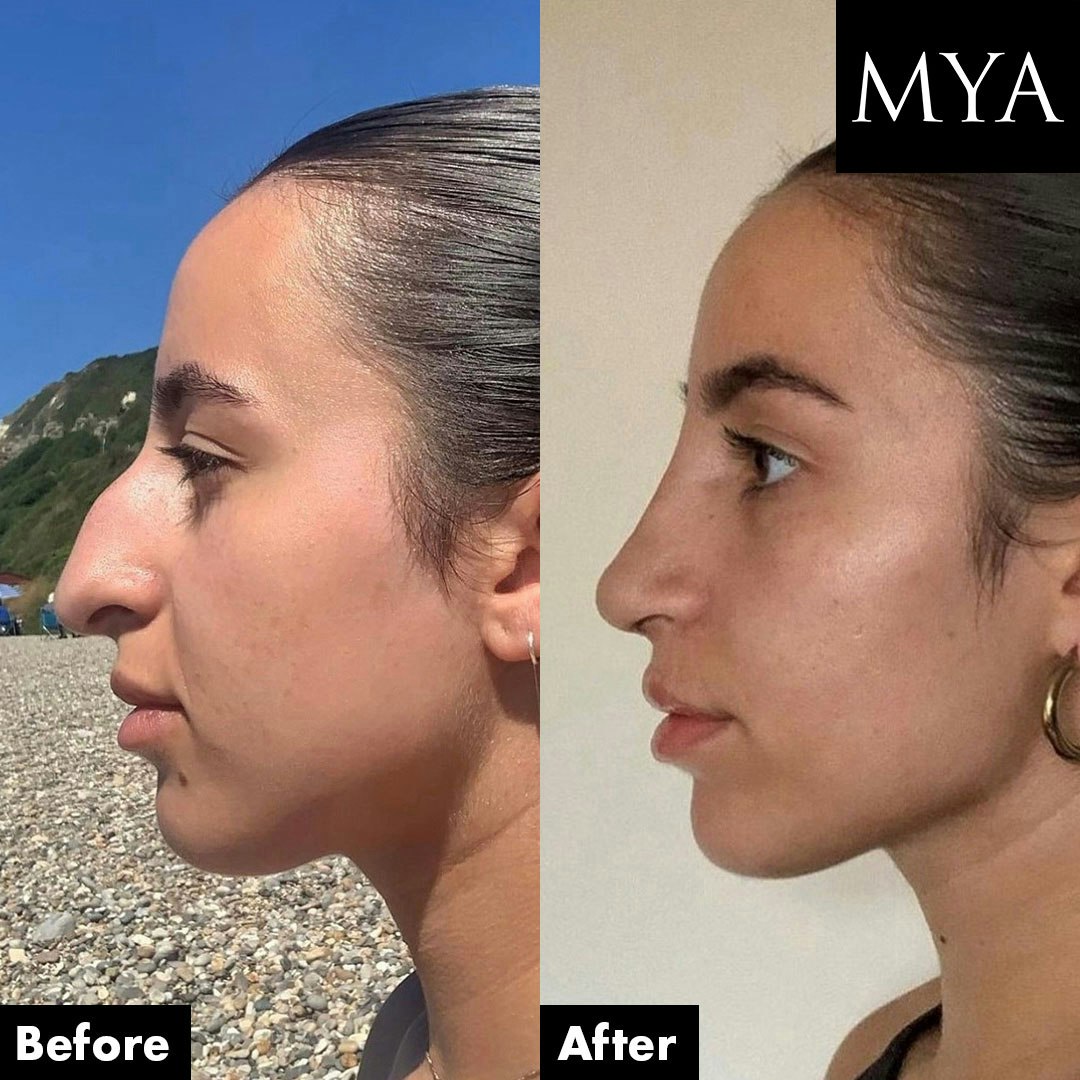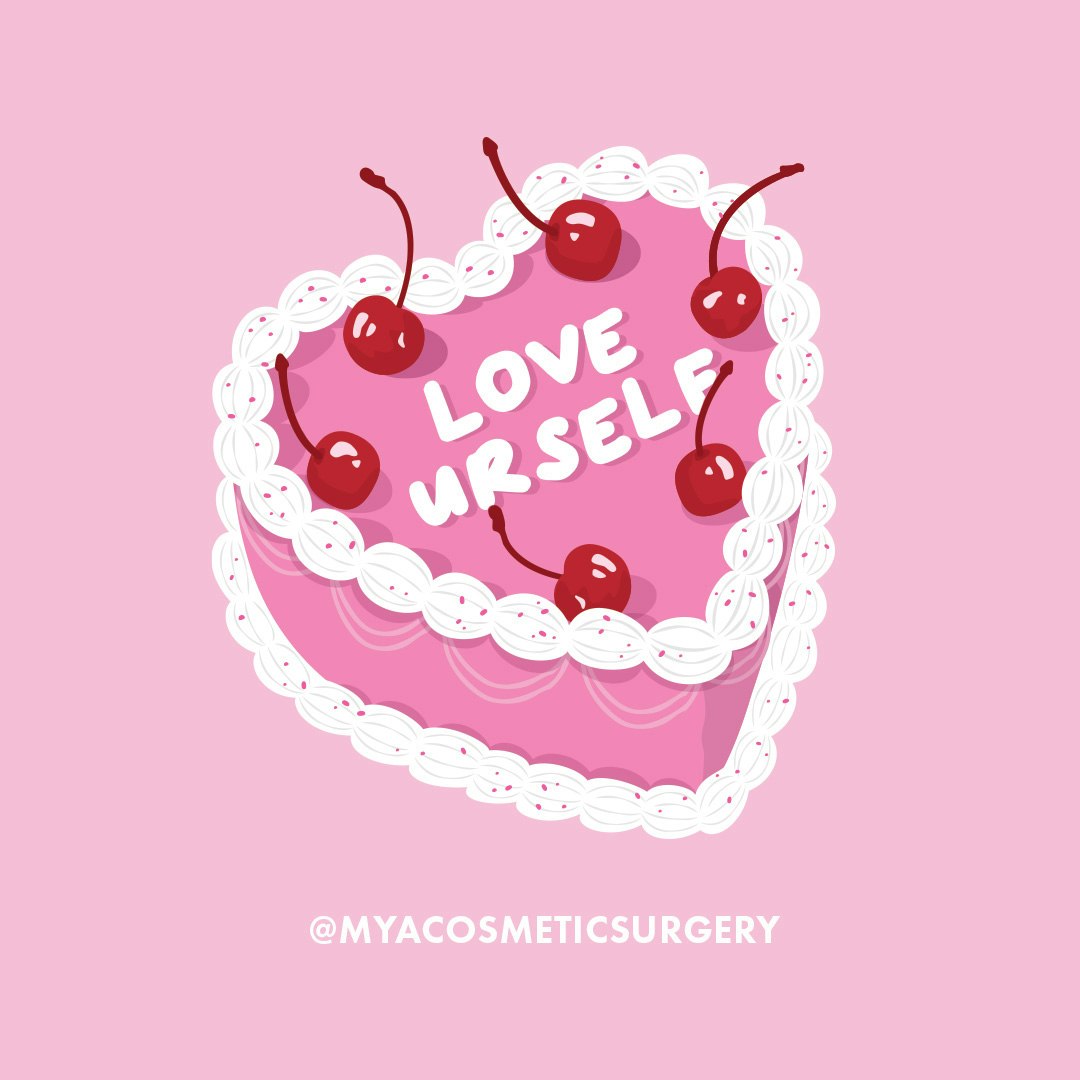What is periorbital puffiness?
Periorbital puffiness (or periorbital oedema) is a term used to describe swelling around the eyes. It can appear in one eye or both, on the lower lids and/or the upper lids.
In extreme cases, if too much skin is hanging around the eyes, puffy eyes can affect people's vision.
Periorbital oedema is caused by fluid retention in the eye area. This fluid buildup is usually because of lack of sleep, a diet high in salt, high alcohol consumption and smoking.
Having skin disorders, thyroid disorders, allergic reactions, and conjunctivitis (also called pink eye) can cause eye puffiness and skin inflammation.
However, as we age and lose skin elasticity and our collagen production slows down, periorbital swelling is hard to avoid.
If puffy eyes appear due to allergies, you'll likely experience itchiness and other symptoms of an allergic reaction, so you should contact a medical professional when these start to appear. Most people who suffer from hay fever can get periorbital puffiness during the summer when pollen levels are high.
For some of the mentioned causes, swelling around the eyes only occurs when experiencing other symptoms of the condition.
How is periorbital oedema diagnosed?
If you're experiencing puffy eyes, it's important to seek professional, medical advice to ensure it's not an underlying cause or a serious skin condition. Blood tests, allergy tests and a skin biopsy will be carried out to get to the root of the problem, with imaging tests being used in extreme cases.
It's important to keep in mind that eye puffiness isn't always a result of an underlying condition, and you may not receive a full diagnosis. However, your doctor will provide advice on how to reduce fluid retention and periorbital swelling.
How to get rid of eye bags
If your eye bags result from lifestyle factors like lack of sleep and an unbalanced diet, it's recommended you make the relevant changes before considering surgery. This includes increasing water intake, reducing how much salt is in your diet and using a cold compress to reduce fluid buildup around the eyes.
Depending on the cause of periorbital oedema, you may also be given a medical treatment like anti-inflammatory medications to reduce swelling and pain. In extreme cases, emergency treatment is required - usually to correct thyroid problems causing abnormal fluid retention in the body.
However, if you've developed puffy eyes as a result of ageing, skincare products like eye creams help to brighten the area, and eye masks can give a temporary lift.
However, if topical treatments aren't making a difference and you want long-lasting results, cosmetic surgery is the best option for you.
Lower blepharoplasty
Blepharoplasty - also known as eye bag removal surgery - is the process of removing excess skin from the upper and/or lower eyelids.
Lower blepharoplasty is a solution for periorbital puffiness and creates a much brighter, younger, and more awake appearance around the eyes.
The main benefit of blepharoplasty is to increase confidence. Many patients who have undergone the procedure have come back to us saying how much more comfortable they feel in social situations.
But it's not just for cosmetic reasons that people undergo blepharoplasty. If people struggle with their vision because of saggy or droopy eyelids, eye bag surgery can also greatly improve their quality of life.
Blepharoplasty can also make applying makeup much easier, as the surface is much smoother, allowing the product to sit on the skin rather than settle into fine lines and wrinkles.
Eye bag surgery at MYA Cosmetic Surgery
At MYA, we offer blepharoplasty surgery to those who struggle with droopy eyelids and excess skin around the eye area.
You can opt for upper blepharoplasty, lower blepharoplasty, or a combination, depending on your needs and the look you'd like to achieve.
To speak to one of our experts and learn more about the procedure, book an eConsult today to chat with us from the comfort of your own home.




